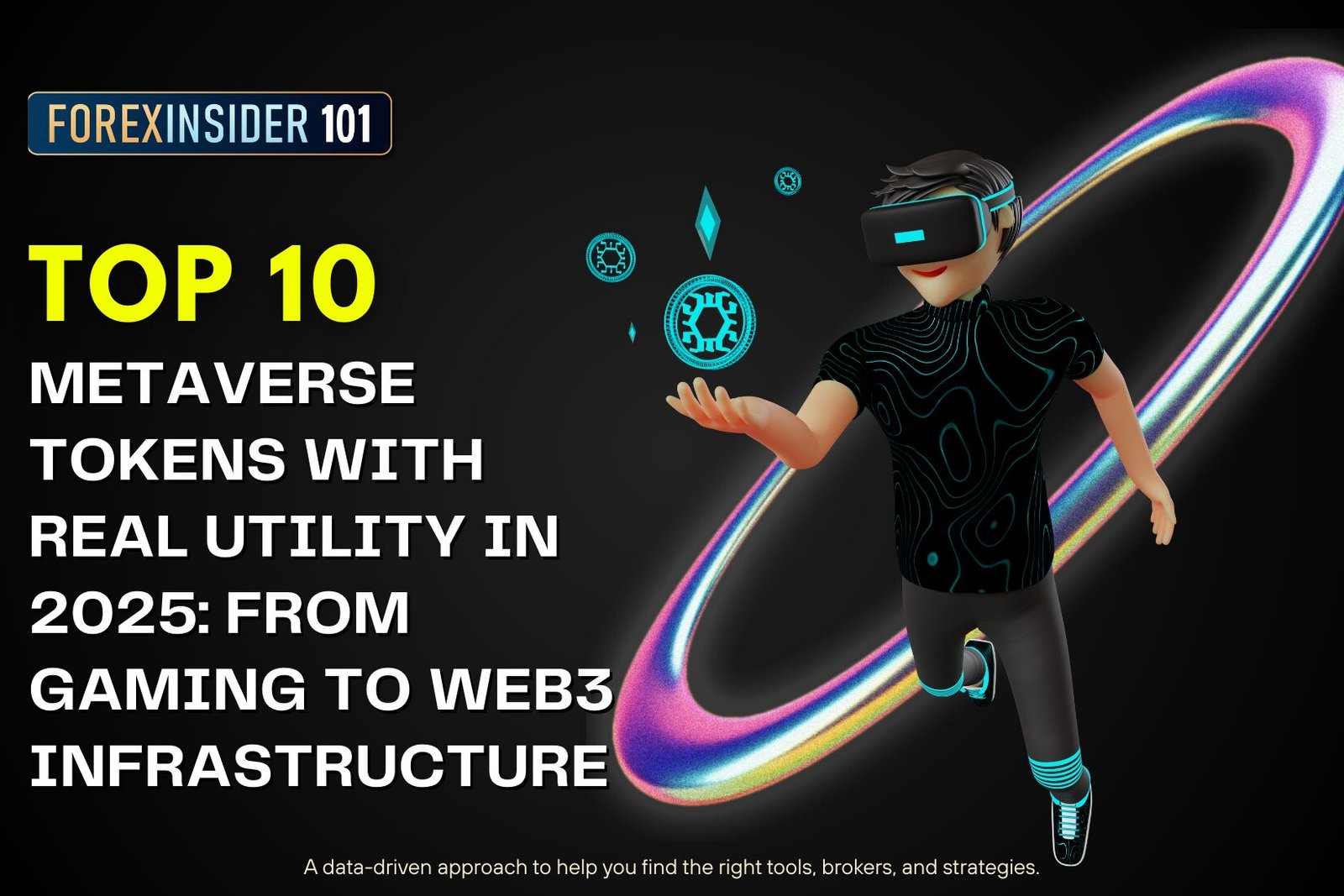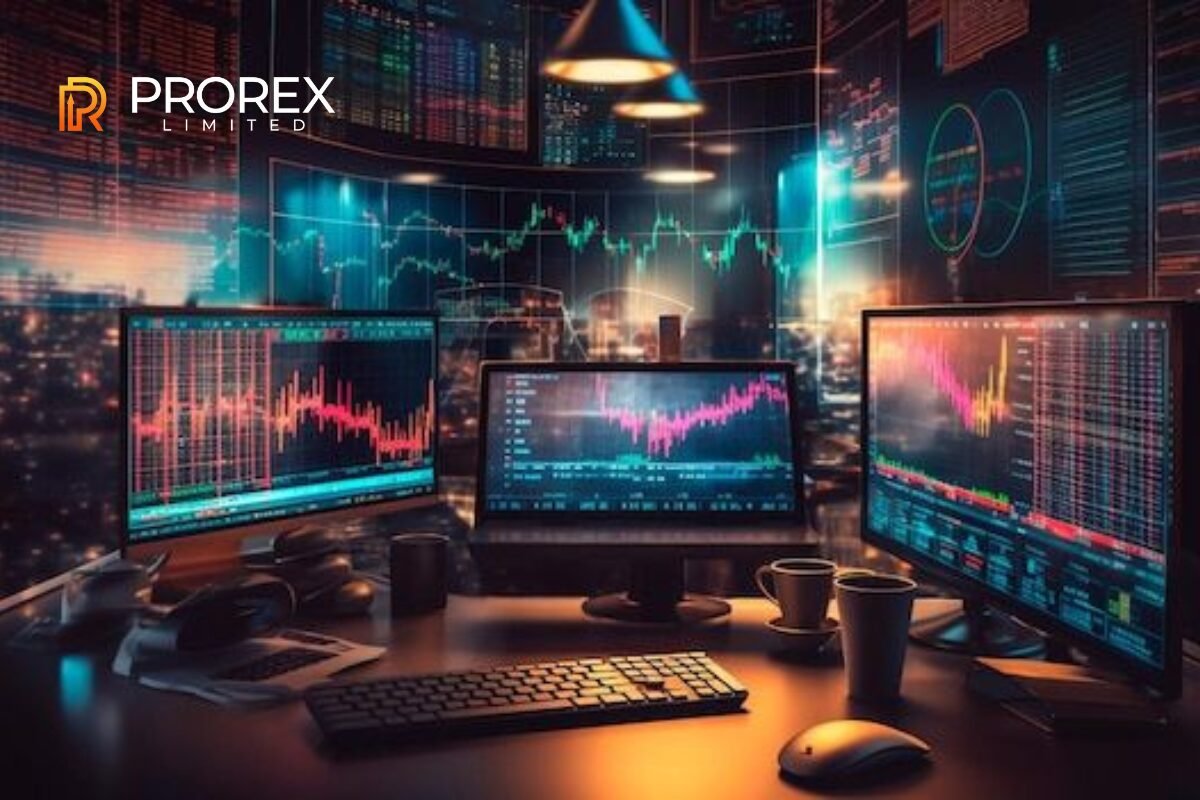Top 10 Metaverse Tokens: In recent years, the metaverse has transitioned from a speculative buzzword to an evolving digital economy where gaming, social interaction, and commerce intersect. At the center of this ecosystem are metaverse tokens, digital assets that do more than just fluctuate in price—they enable real-world use cases within virtual environments. While the early days of the metaverse were defined by hype cycles and NFT speculation, 2025 marks a turning point where tokens with genuine utility are the ones driving adoption.
Utility in this context goes beyond being a tradable coin. These tokens enable access to virtual land, power in-game economies, allow creators to mint NFTs, and even provide governance rights in decentralized communities. With so many projects vying for attention, the Top 10 Metaverse Tokens With Utility in 2025 stand out for their strong ecosystems, user adoption, and forward-looking role in shaping Web3.
1. Top 10 Metaverse Tokens : Decentraland (MANA)
As one of the earliest metaverse projects to gain mainstream recognition, Decentraland continues to be a reference point for virtual real estate and digital interaction. Its token, MANA, remains the primary currency for purchasing virtual land parcels, participating in in-world events, and engaging in governance through the Decentraland DAO. What makes MANA significant in 2025 is not only its history but its ability to remain relevant as other projects emerge. Decentraland has positioned itself as a platform where brands host virtual events, creators sell digital goods, and communities build persistent spaces that mirror aspects of the real economy. The steady integration of commercial partnerships has ensured MANA is far more than a speculative token—it’s the key to participating in one of the most established digital societies in Web3.
2. The Sandbox (SAND)
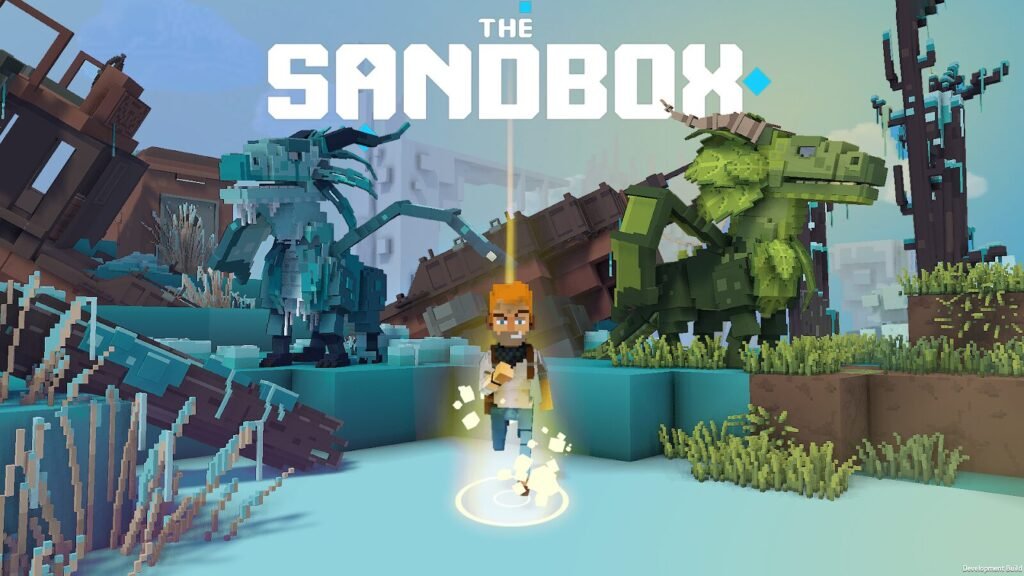
Source: intraday
The Sandbox has built a reputation as a creator-driven metaverse, where users can buy land, design experiences, and monetize their creativity. The SAND token acts as both a currency and a utility tool, enabling staking, rewards, and participation in governance. Unlike many other projects, The Sandbox has consistently attracted not just gamers but also global brands, from fashion labels to music companies, who see it as a platform for experimenting with fan engagement in digital form. By 2025, its growing marketplace for user-generated content makes SAND indispensable. The Sandbox’s ability to bridge entertainment, gaming, and creativity cements its role as one of the best metaverse tokens for long-term growth.
3. ApeCoin (APE)
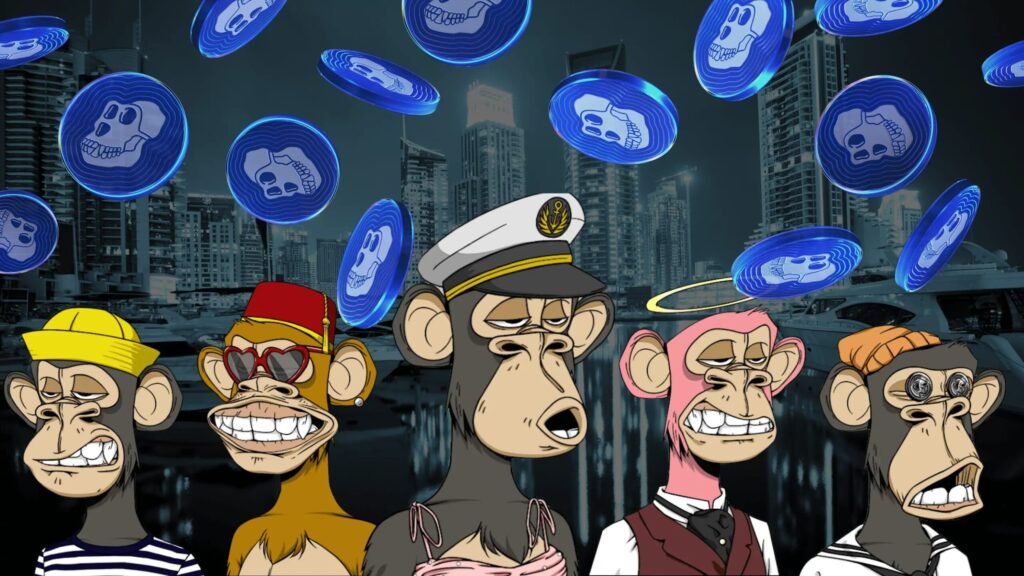
Source: Forkast
Initially launched as part of the Bored Ape Yacht Club ecosystem, ApeCoin quickly became central to Yuga Labs’ broader metaverse ambitions, particularly through the Otherside project. APE serves as a transactional token, enabling purchases within the ecosystem while also empowering community governance via the ApeCoin DAO. By 2025, APE’s role has expanded into gaming, commerce, and NFT-powered experiences, making it more than just a token tied to a famous NFT collection. Its community-driven governance model provides flexibility for new use cases, ensuring ApeCoin maintains relevance as Web3 culture continues to evolve.
4. Axie Infinity (AXS)
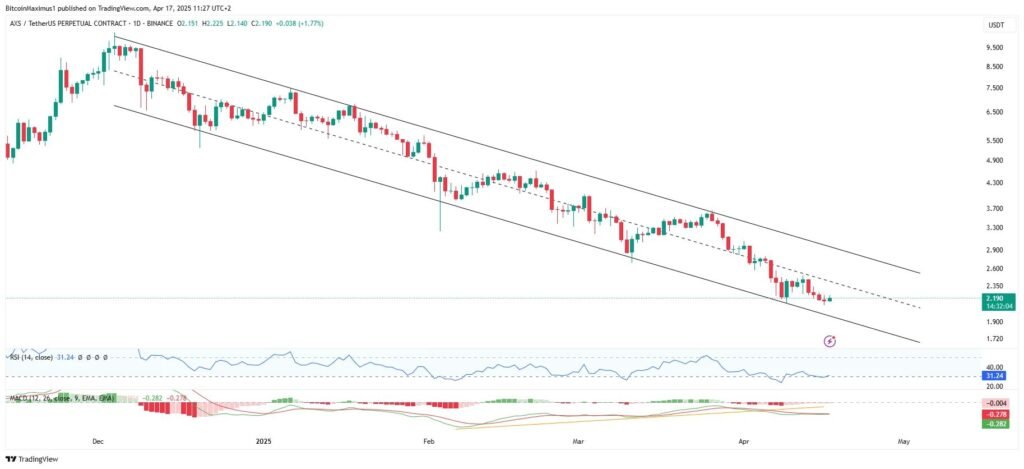
Source: CCN
Axie Infinity once defined the “play-to-earn” movement, but its growth also revealed the fragility of unsustainable economic models. In response, the team restructured its systems to prioritize balanced gameplay and sustainable tokenomics. The AXS token powers this ecosystem through staking, governance, and in-game functions like breeding Axies. By 2025, AXS has found new footing, serving a more mature community that values both fun and economic participation. Its trajectory illustrates how tokens can survive beyond hype cycles by adapting and creating lasting ecosystems. While not as explosive as in its early years, AXS demonstrates resilience and a strong base of loyal users who see it as central to their gaming identities.
5. Enjin Coin (ENJ)

Source: Stormgain
Enjin Coin is a trailblazer in the NFT and digital asset space. What sets ENJ apart is its unique approach: every NFT created within the Enjin ecosystem is backed by ENJ, providing tangible value and security. For creators, this ensures that assets are not merely digital files but carry embedded worth. By 2025, ENJ has expanded across multiple chains, enhancing interoperability and enabling a new era of asset ownership where players and developers can move items freely between games and applications. In many ways, Enjin has laid the groundwork for a universal economy of digital goods, making ENJ one of the most practical and enduring tokens in the metaverse.
6. Internet Computer (ICP)
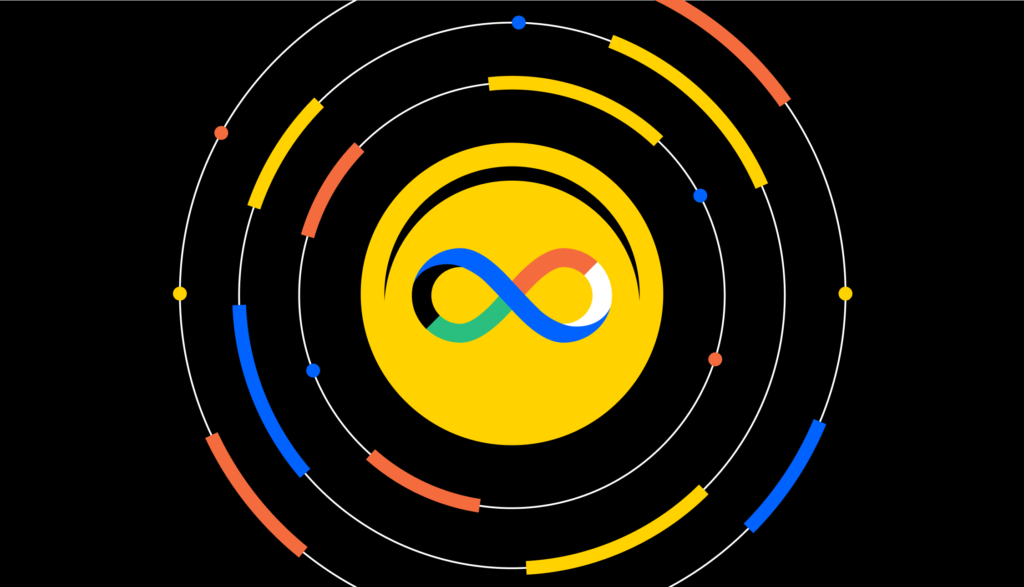
Source: CoinBase
While many metaverse tokens focus on entertainment and gaming, Internet Computer (ICP) takes a different approach by providing the underlying infrastructure needed to scale Web3 experiences. Its utility lies in powering decentralized applications, smart contracts, and even AI-driven services within the metaverse. By 2025, ICP has become a cornerstone for projects seeking to avoid reliance on centralized cloud providers, offering an alternative that is scalable and secure. Its contribution may not be as visible as flashy games, but ICP’s role is foundational—it ensures that metaverse economies have the technical backbone they need to thrive.
7. Render Token (RNDR)
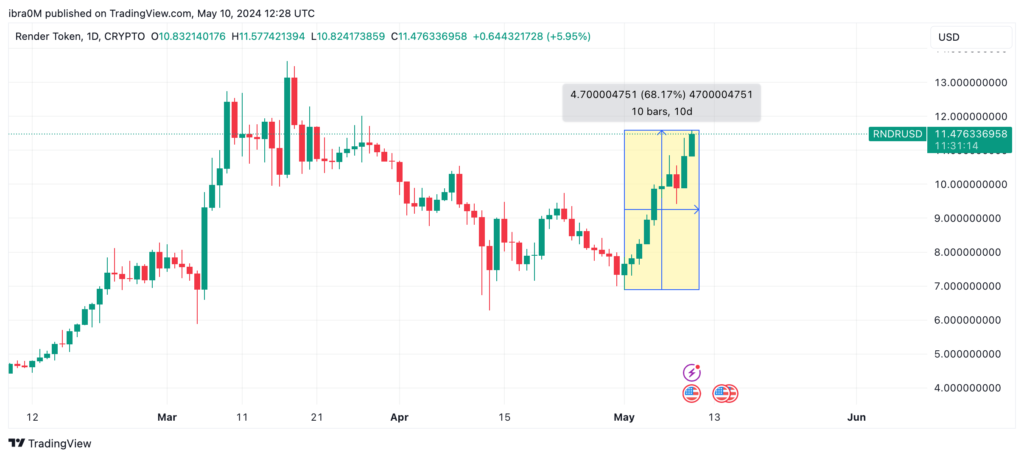
Source: Nasdaq
The Render Network addresses one of the biggest bottlenecks in metaverse development: rendering high-quality visuals. Its token, RNDR, pays for decentralized GPU rendering services, connecting creators with unused computing power across the globe. By 2025, RNDR has gained traction not only in gaming and metaverse development but also in AI projects that require advanced computational resources. This cross-industry relevance gives Render an edge, making RNDR one of the most valuable utility tokens for creators, designers, and developers. It highlights how metaverse tokens can extend beyond entertainment into the broader digital economy.
8. Illuvium (ILV)
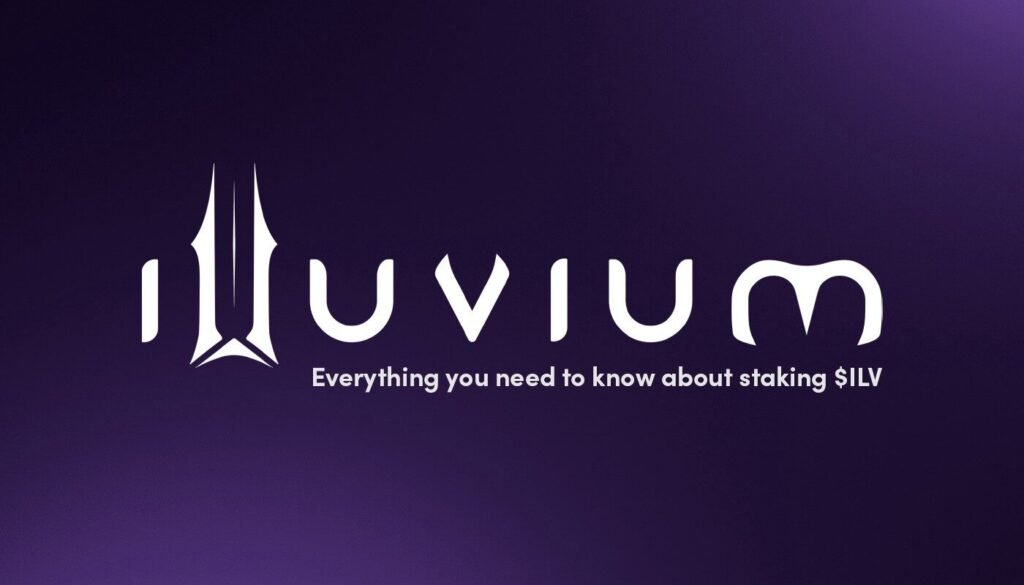
Source: illuvium
Illuvium is redefining blockchain gaming with its high-quality RPG mechanics and immersive visuals. Its token, ILV, is used for governance, staking, and rewarding players who participate in the ecosystem. What distinguishes Illuvium in 2025 is its ability to combine traditional gaming appeal with the benefits of blockchain ownership. Unlike early play-to-earn models, Illuvium focuses on gameplay depth, making ILV attractive not just as a speculative asset but as part of a rewarding player experience. Its partnerships and continuous expansion ensure that ILV continues to gain traction among both gamers and crypto enthusiasts.
9. Star Atlas (ATLAS & POLIS)
Few projects are as ambitious as Star Atlas, a sprawling space exploration metaverse with a dual-token system. ATLAS serves as the in-game currency, while POLIS governs the ecosystem through community decision-making. This division of utility allows for a more nuanced economy where players engage with both immediate gameplay needs and long-term governance. By 2025, Star Atlas remains a niche project with a loyal community of enthusiasts, but its complexity and scale demonstrate how metaverse tokens can build immersive worlds that go beyond simple gaming. The interplay between ATLAS and POLIS makes Star Atlas a unique case study in token design.
10. Gala (GALA)
Gala Games has grown into a multi-vertical entertainment ecosystem, spanning not only gaming but also music and film. Its token, GALA, supports transactions, rewards, and governance across these different domains. By 2025, Gala has distinguished itself by refusing to stay confined to one niche, instead branching into multiple forms of digital entertainment. The result is a token that provides users with diverse ways to engage, from hosting concerts to running game nodes. GALA’s adaptability ensures it remains one of the most versatile metaverse tokens, capable of evolving as digital culture itself changes.
Comparative Snapshot – Top 10 Metaverse Tokens
Looking across these tokens, clear patterns emerge. MANA and SAND dominate the virtual real estate and creator economies, APE and AXS anchor gaming-focused ecosystems, while ENJ, RNDR, and ICP provide essential infrastructure for creators and developers. ILV and Star Atlas focus on immersive, niche gaming, while GALA connects entertainment across multiple industries. Together, they form a diverse landscape of tokens each addressing different needs of the growing metaverse.
Risks and Challenges – Top 10 Metaverse Tokens
Despite progress, challenges remain. Volatility continues to threaten stability, with speculative trading often overshadowing actual utility. Regulatory frameworks are still unclear in many regions, creating uncertainty for investors and developers. Sustainability is another pressing concern, particularly for tokens tied to gaming models that rely on rewards. Lastly, competition across projects means that not all will survive. For the Top 10 Metaverse Tokens in 2025, the difference will come down to how well they balance innovation, adoption, and long-term viability.
Future Outlook – Top 10 Metaverse Tokens
As we move further into 2025 and beyond, the metaverse is likely to become more integrated with AI, virtual reality, and cross-chain interoperability. Tokens that can seamlessly adapt to these developments will continue to thrive. Beyond entertainment, use cases in education, healthcare, and digital commerce may expand the reach of metaverse tokens, embedding them in daily life. The future points toward a metaverse that is not just a playground but a functioning extension of the global economy.
Conclusion – Top 10 Metaverse Tokens
The Top 10 Metaverse Tokens in 2025 showcase the breadth of what digital assets can achieve when tied to real-world use. From powering immersive games and virtual land economies to supporting rendering and decentralized infrastructure, these tokens highlight the many layers of the metaverse. While uncertainty remains, one thing is clear: tokens with genuine utility will be the backbone of virtual economies for years to come. The transition from hype to substance marks an important evolution, and these projects are leading the way.

